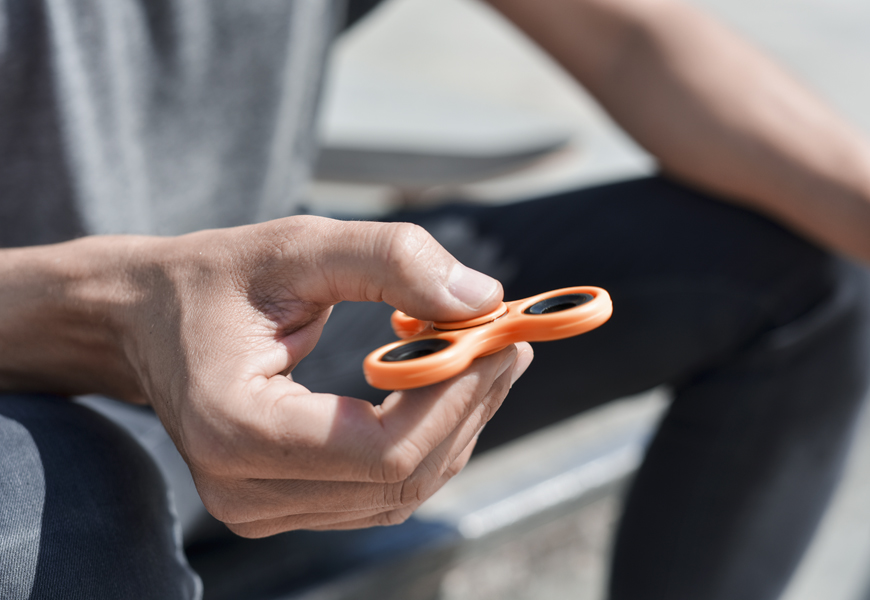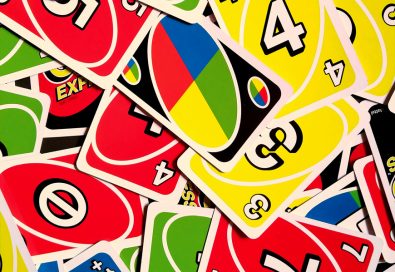New games and gadgets are announced and released every day, but it takes a lot for a trend to become a worldwide obsession. Last summer it was Pokemon Go and this summer? Fidget spinners. The toy consists of a bearing in the center of a multi-lobed flat structure made from plastic or metal. They are designed to spin along the axis with little effort.
Fidget spinners have been advertised as helpful for people who have trouble with focusing and fidgeting by relieving nervous energy or psychological stress. There have even been claims that they are an effective treatment for autism and ADHD although there is no official scientific evidence to support that.
The fidget spinner craze started with children and teenagers. They became so popular that some school districts had to go so far as to ban them from classrooms. Teachers claimed the spinners were distracting students from their school work—kind of ironic considering there were reports they were supposed to be used to reduce distraction.
Catherine Hettinger, a chemical engineer, filed a patent for a similar “spinning toy” in 1993 but let the patent lapse in 2005 and has agreed that she is not the official inventor of the fidget spinner despite reports from outlets like The New York Times and The Guardian. Who invented the original fidget spinner is unclear, but there’s hundred (if not thousands) of variations available in stores now. There are even entire retail spaces and kiosks dedicated to selling fidget spinners—like this one that took over a space previously occupied by an HMV.
There are basic fidget spinners available for a couple dollars, but of course there always has to be a luxury version for people who insist on having the best of everything. Russian jewellery specialists Caviar designed four high-quality versions of the toy with the most expensive one coming in at £13,000 (that’s over $21,000 CAD). It’s coated in 100 grams of gold and begs the questions, why? Only someone who can no longer think of what to spend their money on would even consider buying a fidget spinner worth that kind of money.
Taking things to yet another level is a 22-year-old recent UCLA grad named Manuela Torres- Orejuela who created a version of the spinners to wear on your nipples. She calls them “Fidgetiddies”. She tweeted a video of herself wearing them (and yes, they’re actually spinning) and of course, it’s gone viral. She also posted a video tutorial on how to make them yourself in case you’re interested.
We all know that no trend is complete without a couple horror stories warning people against the dangers of the toy. Do a quick Google search and you’ll find stories that include a girl who got a piece of a fidget spinner stuck in her esophagus, a father who claims a spinner exploded in his son’s face and a whole Buzzfeed article where moms share scary stories of fidget spinner injuries. Use a fidget spinner at your own risk, basically.
Luckily it looks like the novelty is already starting to wear off, making way for the next big trend. After all, a fidget spinner retail store can only last so long.












